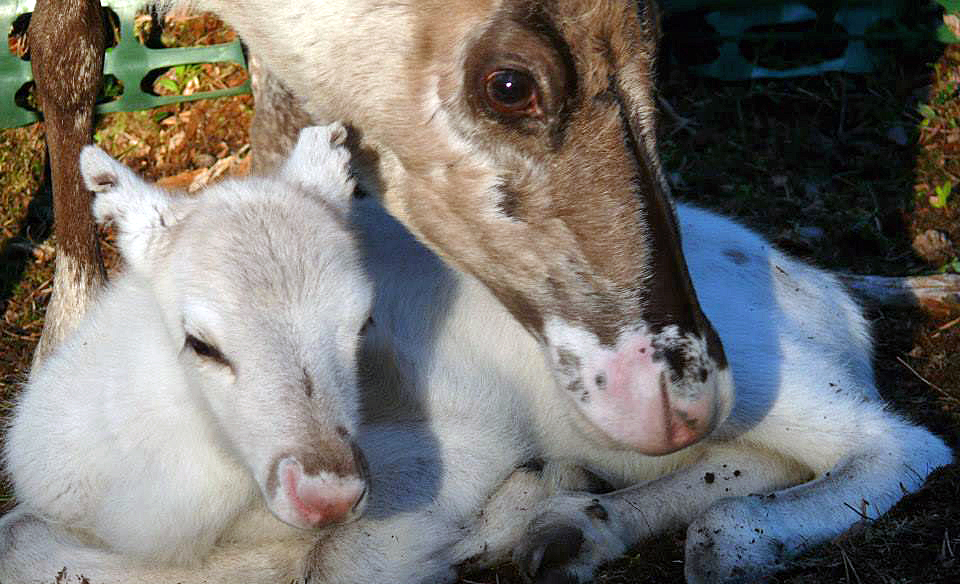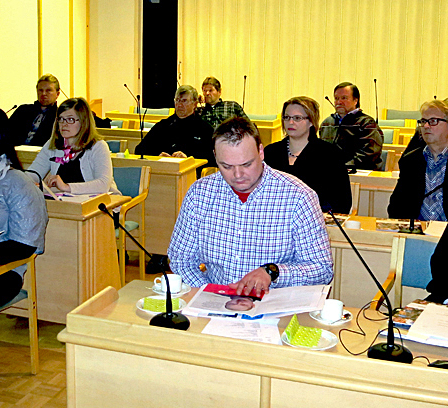Following a cursory glance at the mineral charts of Finland’s northern regions, an operator in the extractive industry may take an upbeat view of the situation: a sparsely settled area in which, with any luck, centres of tourism are located far enough away from potential ore deposits and which has a road network, even if the latter needs a little improvement. It is easy to forget that a livelihood that requires wide stretches of land is native to this area: northern Finland is reindeer herding territory and it is divided into 56 independent reindeer herding co-operatives.
Upon realising this, our mining operator might reach for the magic word, reconciliation, which is so often pressed into service when planning land use. Following this, we need only worry about what this means in practice.
No two mining projects are alike. Each ore body is different; size classes and processes vary. In addition, no two reindeer herding co-operatives are identical. Each has its own herding practices and activities in varying conditions. However, reindeer herding is always based on access to vast expanses of pristine pastures and the exploitation of renewable natural resources as food for livestock.
Based on the mines already located within reindeer herding territory, we know a great deal about the effects of mining activities on reindeer herding. Mining changes the use of reindeer pastures. A relatively large area around any mine is avoided by grazing reindeer. In addition, their natural routes and gathering sites change, affecting the condition and use of pastures and the work of reindeer herders.
In the summer, in an attempt to shake off pests, reindeer are attracted to the tailings areas around mines. This can prove fatal. Mining brings more heavy traffic into an area, leading to a greater number of collisions with reindeer. In particular, problems of this kind affect reindeer herding co-operatives whose pastures are home to mining operations. Loss of livestock can become intolerable, making it impossible to continue reindeer herding. Mines also have other, less thoroughly researched effects, such as the effect of dust on the environment, and the question of how the extraction of ore containing uranium affects the image of reindeer meat and Lapland in general.
The first step towards reconciliation involves admitting that mining is sure to have a major impact on reindeer herding activities in the area. The second step is to understand that the reconciliation process lasts throughout the service life of the mine, from the ore exploration phase onwards. Foresight and monitoring activities with respect to the possible impacts should be performed in collaboration with the reindeer herding co-operatives in question. The goal is to negotiate how best to mitigate the possible impact. Where adverse effects cannot be eliminated, the parties need to agree on compensation.
It may not be possible to reconcile every mining project with reindeer herding activities. In such a situation, the arrival of mining operations may mean the end of reindeer herding in the area. In cases like this, talk of reconciliation is mere window dressing and should be abandoned. Society’s values and attitudes must also be weighed up alongside legal issues. So far, major conflicts have been avoided. Open and close-knit co-operation based on mutual respect is the key variable in this equation. That is why we want to do our part to foster the activities of the Network for Sustainable Mining.





Recommended